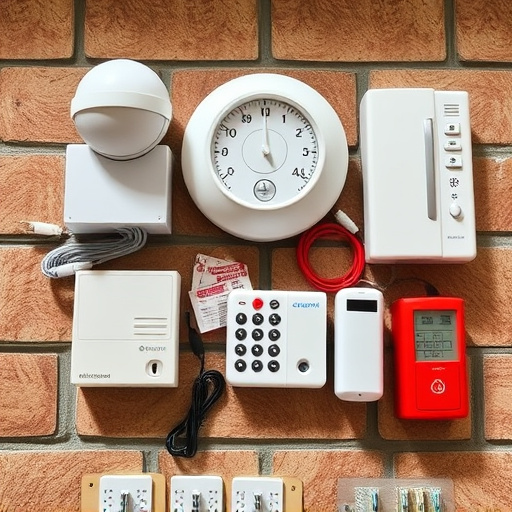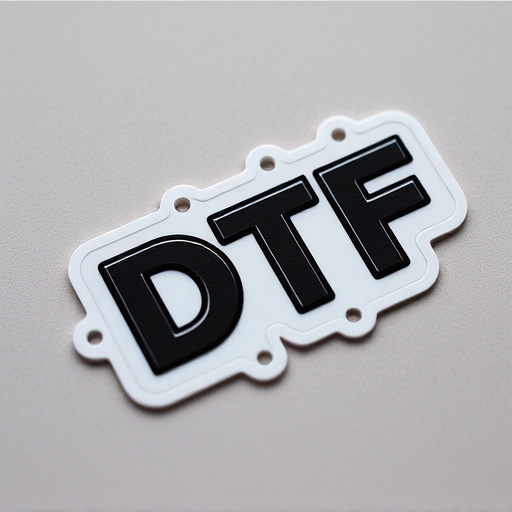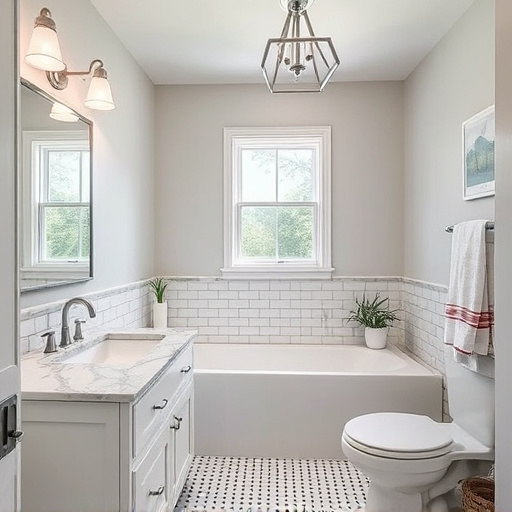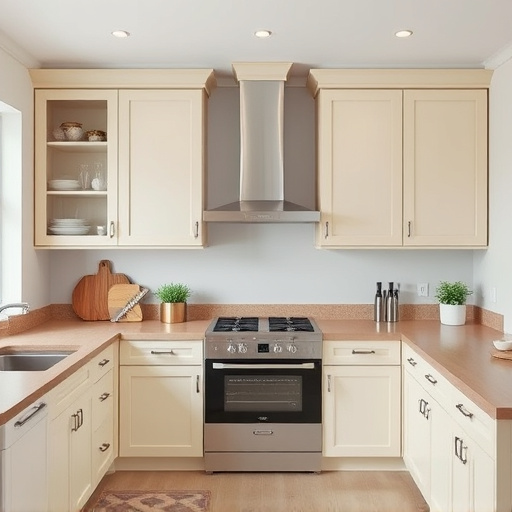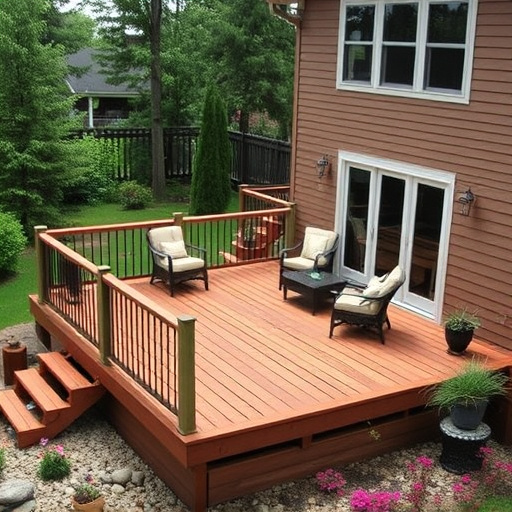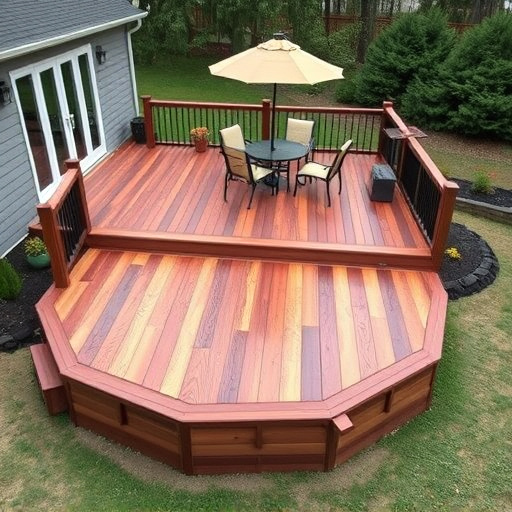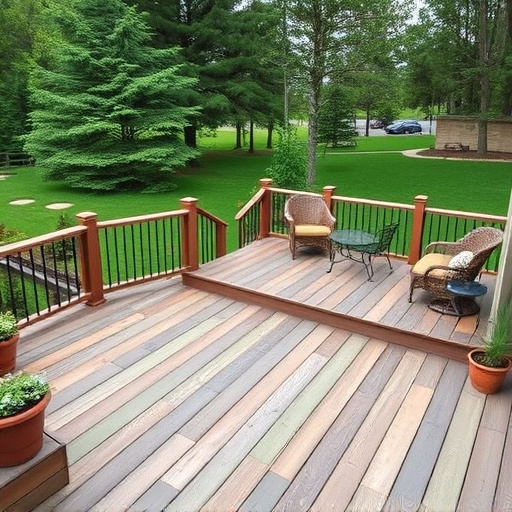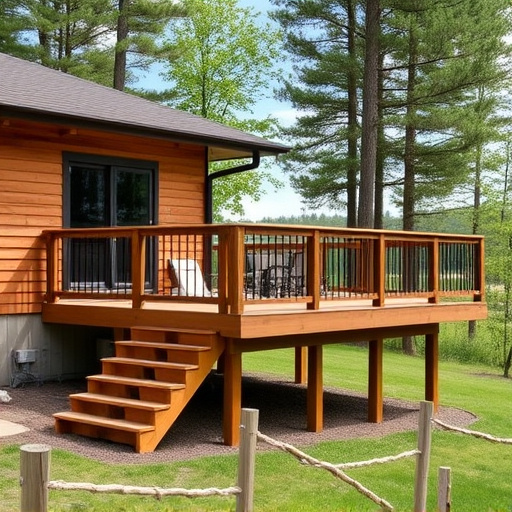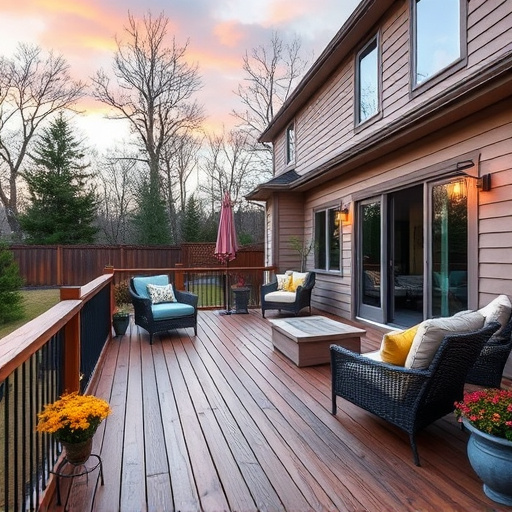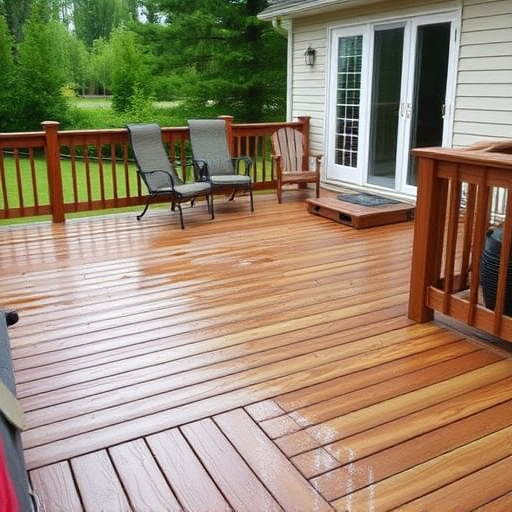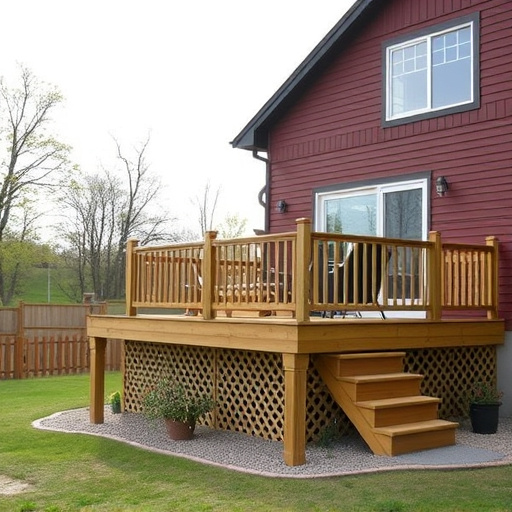Residential decking enhances outdoor living but poses risks like loose boards, uneven surfaces, and faulty railings. Storm damage repair, regular inspections, prompt repairs, durable materials, proper drainage, and adherence to local building codes are crucial for maintaining integrity and preventing structural failures. Implementing recommended safety features, such as robust railing systems, non-slip materials, and integrated lighting, ensures secure outdoor spaces. Regular maintenance, including monthly inspections and cleaning, extends lifespan and creates a safe, enjoyable environment for homeowners and visitors, alongside essential exterior improvements like siding installation.
“Ensure your home’s outdoor space is a safe haven with our guide to residential decking safety. From slip-resistant surfaces to robust structural elements, understanding common hazards is key. We explore essential features to look for in deck installations, promoting long-term safety and stability. Learn how regular maintenance can prevent accidents and protect your investment. Discover the must-have safety components every homeowner should consider for a secure and enjoyable outdoor living experience.”
- Understanding Common Residential Decking Hazards
- Essential Safety Features for Deck Installations
- Maintenance Tips to Ensure Long-Term Deck Safety
Understanding Common Residential Decking Hazards
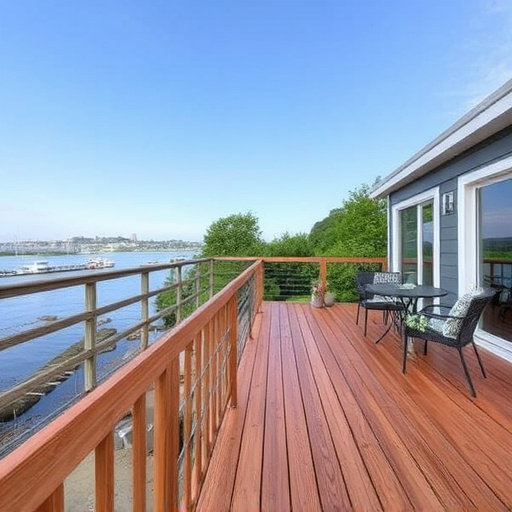
Residential decking, while enhancing outdoor living spaces, comes with inherent risks that homeowners should be aware of. Common hazards include loose or rotten boards, uneven surfaces, and faulty railings—all posing potential tripping, slipping, or fall dangers. Moreover, improper installation or lack of maintenance can lead to structural failures, especially during extreme weather events. Storm damage repair becomes crucial when strong winds or heavy rainfall compromise the integrity of the decking and its supporting systems, such as siding and gutters.
Homeowners must understand these risks to implement necessary safety features. Regular inspection, prompt repairs, and up-to-date maintenance are essential. Using durable materials, ensuring proper drainage, and adhering to local building codes can mitigate these hazards. By prioritizing these safety measures, homeowners not only safeguard their families but also protect their investments in residential decking.
Essential Safety Features for Deck Installations
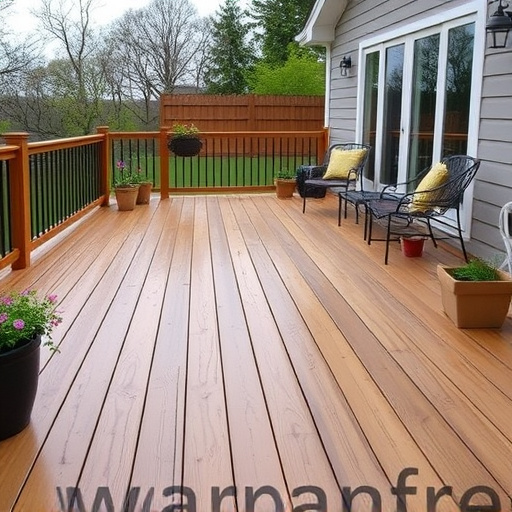
When it comes to residential decking installations, prioritizing safety is non-negotiable. Homeowners should be aware of essential features that ensure a secure and enjoyable outdoor living space. One such crucial aspect is a robust railing system designed to prevent falls and provide stability, especially at elevated levels. Properly installed railings conform to local building codes, offering peace of mind and protection for residents and visitors alike.
Additionally, incorporating non-slip decking materials and surfaces is vital, particularly in areas prone to moisture or ice accumulation. This simple yet effective measure can significantly reduce the risk of accidents. It’s also beneficial to consider integrated lighting systems that enhance visibility during evening gatherings or late-night visits. Commercial roofing experts often recommend these safety features not only for residential but also for commercial roofing projects, as they contribute to overall structure safety and accessibility.
Maintenance Tips to Ensure Long-Term Deck Safety
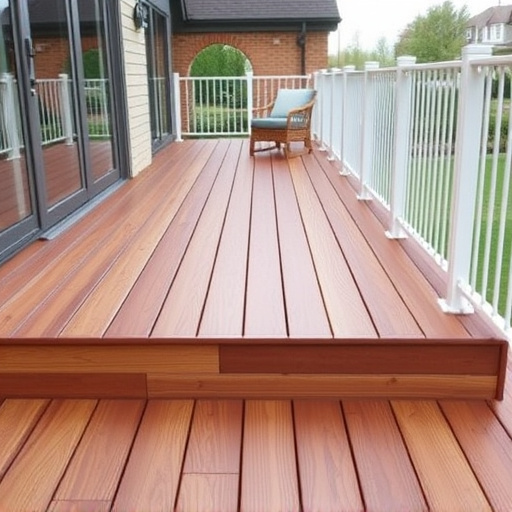
Regular maintenance is key to ensuring your residential decking remains safe and structurally sound for years to come. Start by inspecting your deck at least once a month, looking for any signs of damage, rot, or loose boards. Addressing issues early can prevent minor problems from escalating into costly repairs.
Implement a thorough cleaning routine using pressure washers or soft brushes to remove dirt, debris, and mold buildup. Remember, proper maintenance also includes keeping the surrounding area clear of overhanging branches that could fall onto the deck during storms. Regular upkeep not only enhances the longevity of your residential decking but also contributes to a safe and enjoyable outdoor living space for you and your family. Consider these tasks as essential exterior home improvements, alongside siding installation or other home exterior services, to keep your property in top condition.
When it comes to residential decking, prioritizing safety is paramount. By understanding common hazards, integrating essential safety features during installation, and committing to regular maintenance, homeowners can transform their outdoor spaces into safe, enjoyable havens. Embrace these practices to ensure your deck serves as a welcoming retreat for years to come, free from potential risks.

